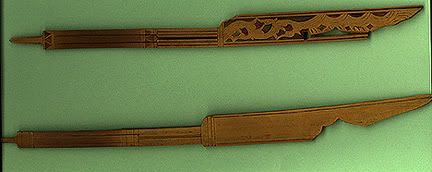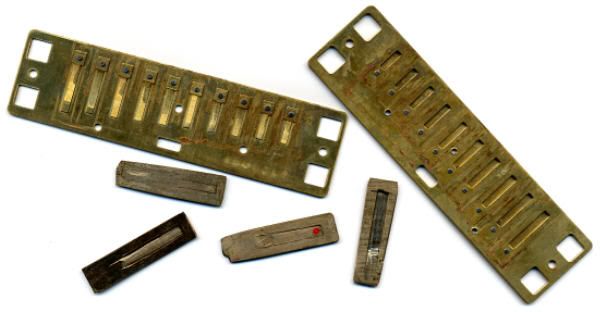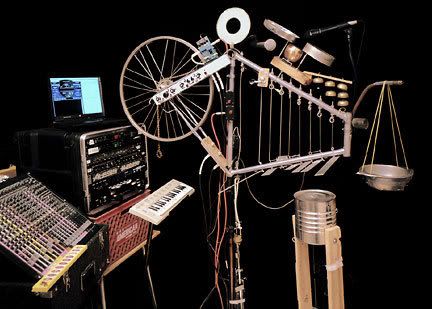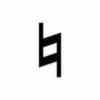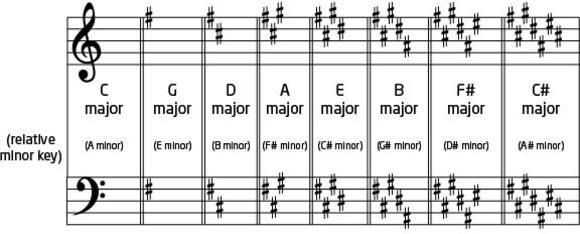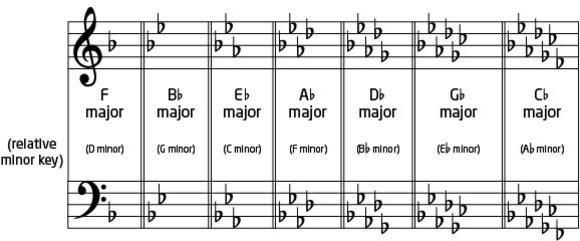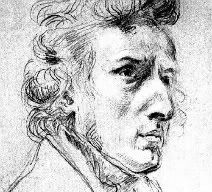 Frederic Chopin was a Polish composer from the Romantic period who lived out his 39 years of life in the early 1800's. Many consider him to be one of the best composers for piano of all time. At 5 he began to play piano and was discovered as a prodigy player and performed for the Tsar of Russia when he was only 11, and the prince at only 9. Though of Polish heritage he moved to Paris and because of the Great Emigration became a French citizen to avoid the confusion and the hassel of obtaining and using imperial Russian documentation to prove himself. At this point he performed much less and often played only at salons and gatherings, giving a public concert only once a year and dedicating the rest of his time to teaching.
Frederic Chopin was a Polish composer from the Romantic period who lived out his 39 years of life in the early 1800's. Many consider him to be one of the best composers for piano of all time. At 5 he began to play piano and was discovered as a prodigy player and performed for the Tsar of Russia when he was only 11, and the prince at only 9. Though of Polish heritage he moved to Paris and because of the Great Emigration became a French citizen to avoid the confusion and the hassel of obtaining and using imperial Russian documentation to prove himself. At this point he performed much less and often played only at salons and gatherings, giving a public concert only once a year and dedicating the rest of his time to teaching.Though he did compose a couple concertos as well as some chamber music most of the rest of his pieces were written for solo piano. His surviving works include:
Ballades (4)
Chamber works (3)
Etudes (27)
Impromptus (4)
Mazurkas (59)
Minor Works (21)
Nocturnes (21)
Piano Concertos (2)
Polonaises (17) [a patriotic Polish dance]
Preludes (27)
Rondos (5)
Scherzos (4)
Sonatas (4)
Songs (20)
Variations (7)
Waltzes (20)
Chopin was the one who invented the etudes for concerts as well as other musical styles. This is his Etude in C major:
Etude in C major
 Franz Liszt was a Hungarian composer who lived a good 75 years starting in 1811 and is also considered one of the greatest pianists of all time. He was admired most for his amazing technical skill and spent his life composing, conducting, playing, and teaching. Franz began learning piano at age 7, composing at age 8, and giving concert at age 9. He then studied his music abroad with multiple famous teachers. Throughout his life he went back and forth between being settled and touring as a musician, often for causes such as the support of
Franz Liszt was a Hungarian composer who lived a good 75 years starting in 1811 and is also considered one of the greatest pianists of all time. He was admired most for his amazing technical skill and spent his life composing, conducting, playing, and teaching. Franz began learning piano at age 7, composing at age 8, and giving concert at age 9. He then studied his music abroad with multiple famous teachers. Throughout his life he went back and forth between being settled and touring as a musician, often for causes such as the support of  the Beethoven monument that was to be destroyed. In the end he died of pneumonia leaving behind a large body of work numbering well over 300, and while including a magnitude of piano pieces, varying in style more than that of Chopin.
the Beethoven monument that was to be destroyed. In the end he died of pneumonia leaving behind a large body of work numbering well over 300, and while including a magnitude of piano pieces, varying in style more than that of Chopin.This is his Sonata in B minor, written for Robert Schumann, and often considered one his greatest works for piano:
Sonata in B minor
Liszt himself even wrote a book on Chopin, describing him as a romantic performer and composer without equal, under appreciated in his own time.
Very Punny
I should really make a Lizst. I'll do it as soon as I get Bach from doing my Chopin.
I should really make a Lizst. I'll do it as soon as I get Bach from doing my Chopin.
If you have problems listening to the pieces linked, click in the address bar and hit enter to reload (refresh wont work) and it will play.
